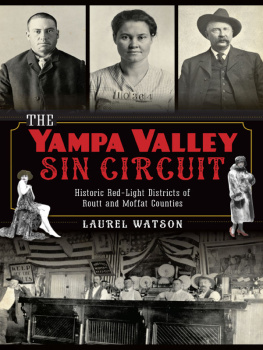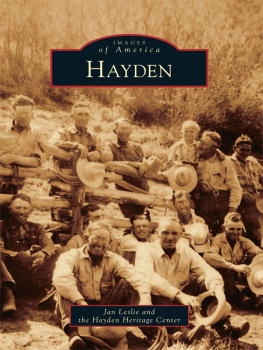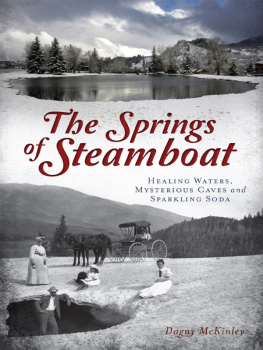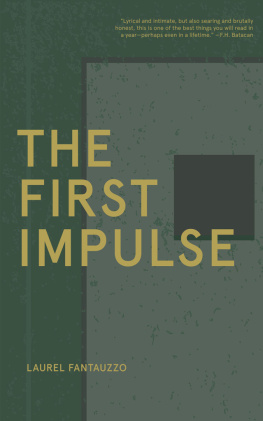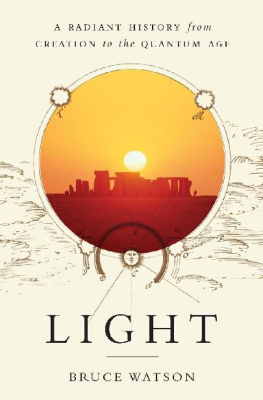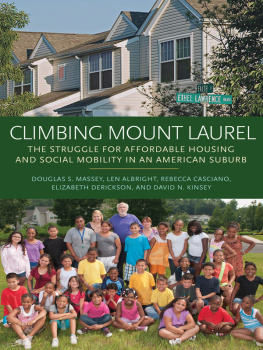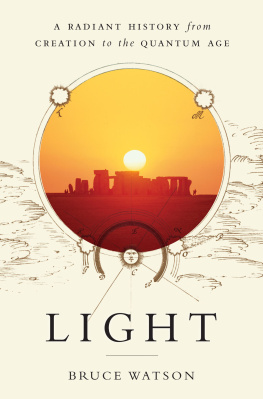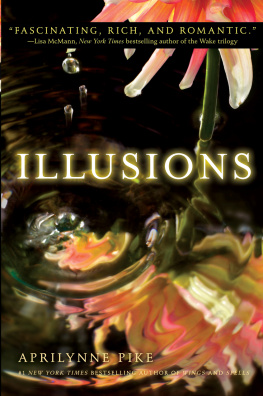
Published by The History Press
Charleston, SC 29403
www.historypress.net
Copyright 2014 by Laurel L. Watson
All rights reserved
First published 2014
e-book edition 2014
ISBN 978.1.62584.622.8
Library of Congress CIP data applied for.
print edition ISBN 978.1.62619.167.9
Notice: The information in this book is true and complete to the best of our knowledge. It is offered without guarantee on the part of the author or The History Press. The author and The History Press disclaim all liability in connection with the use of this book.
All rights reserved. No part of this book may be reproduced or transmitted in any form whatsoever without prior written permission from the publisher except in the case of brief quotations embodied in critical articles and reviews.
CONTENTS
ACKNOWLEDGEMENTS
I am indebted to a number of people and entities for their help, information and inspiration in compiling this book. For starters, I have to acknowledge the late Mel Hitchens, who put me on the path of this subject a number of years ago, when I was a graduate student working as a bartender in Steamboat Springs. I had no idea what my focus would be for my final project but wanted to research some aspect of local history that had not been extensively looked at. One day, Mel, who must have been in his eighties at the time, was sitting at the bar drinking coffee with a number of local regulars when the subject of the Fifth Street Bridge came up. Being from New Jersey and having relatives from Brooklyn, New York, I thought it was rather peculiar to find a bridge named the Brooklyn Bridge way out here in a small town in Colorado; there had to be a story. Mel, who lived in the little neighborhood called Brooklyn, located across the bridge, started telling me stories about its sordid past, and I was hooked. A mystery and history all wrapped up in onejust the sort of thing that captured my attention. This started my journey of delving into local history that continues today.
I must give credit where credit is due, especially to those historians and authors who came before me and were crucial in preserving the areas history, to whom I cannot express enough gratitude. To them I am especially indebted. Sadly, some passed away many years before I ever had a chance to meet them other than on the pages they have written, while others I had the great fortune to encounter in person. To name just a few of these local historian icons whose writing far exceeds my own, there is Jean Wren; Jan Leslie; John Leckenby; John Rolf Burroughs; M.S. Merrill; Mike Yurich; the authors, compilers and contributors of The History of Hayden & West Routt County 18761989, including Pat Holderness and Judy and Jerry Green; and the authors of The Historical Guide to Routt County, Jim Stanko, Sureva Towler and Judy Seligson. These are the pioneers of preserving the local area history, and I am forever in their debt. I would like to also thank the Frentress (Durbin) family, who shared family stories, photos and records with me, giving me insight into a dead end that I ran across in research.
The following stories could not have been compiled without the wonderful help of the local area museums and personnel whose invaluable insight and help with photos I could not have done without. Thank you to Dan Davidson, Jan Gerber and Mary Pat Dunn of the Museum of Northwest Colorado; the Hayden Heritage Center in Hayden; Nita Naugle and Mike Yurich from Tracks & Trails Museum in Oak Creek; Rita Herald from the Yampa Historical Society; and Candice Bannister and Katie Adams from the Tread of Pioneers Museum in Steamboat Springs.
I would like to give a special acknowledgement to local historians Paul and Ellen Bonnifield, who provided information and encouragement and helped me gain a better understanding of this period of time while giving me information I may never have found.
I also must acknowledge History Colorado and its wonderful website for Colorado historic newspapers, which is a fantastic resource for a wealth of information. Also, I would like to thank the Colorado Archives archivist who dug through prison records and multiples of common names; even in this digital age, it can be a cumbersome job. I would like to thank my editor, Becky LeJeune, who has patiently put up with me through this, my first project. And speaking of patience, I would also like to thank my husband and children, who have supported me throughout this project and continually put up with my fascination with the past, and my mother-in-law, Patti Watson, who shares my love of history and genealogy.
This book is dedicated to those individuals throughout the past whose history and lives have been left unrecorded.
INTRODUCTION
This book is by no means a comprehensive study on the saloons and saloon people of Northwest Colorado. There were so many saloons, businesses and individuals who owned, worked and lived in these areas and came and went during the period in which this book covers that it proved too daunting a task to discover and research each and every person. Instead, this is a sampling of some of the more notable characters and stories of the period, an insert to the local historical record. I have included very brief histories to try to give some background information to help in the understanding of the subject matter, as you cannot look at any aspect of history without looking at the surrounding circumstances.
The history of many red-light districts of western towns has typically been omitted from original references due to the fact that they were considered of an objectionable nature by the dominant Victorian cultural social mores and strict sexual conventions of the later nineteenth and early twentieth centuries. This stigmatization created a problem in the lack of earlier attention to documentation of areas and businesses that were considered red-light or saloon districts, which generally contained business from saloons, gambling halls, billiard rooms and boardinghouses of illicit reputation to residential areas of the working class, immigrants and people of color. In some towns, only residual references have been left for the historical record. Due to the lack of any comprehensive records, this is a limited document giving an overview of the development and brief biographies of some of the individuals who lived and worked in these places and any interesting stories that I came across during my research. These were people who came from somewhat diverse backgrounds, yet they were similar. The individuals who lived and worked in these districts and businesses were the remnants of a period of social wildness that transcended the moral implications of the period. They were an embodiment of the rampant American capitalistic entrepreneurialism that constituted the period of expansionism at the end of the Gilded Age just as Progressive-era reforms were emerging across America. Their stories are like many other Americans during any time period; while some found success and fortune, others found failure and dismal disappointment. Nevertheless, their story is part of the epoch called the American West.
What is the chief end of man? To get rich. In what way? Dishonestly if we can; honestly if we must.
Mark Twain, 1871
During the period that this book covers, America was going through one of its greatest economic growth spurts. Industry was booming, and it was the age of the tycoons, or robber barons, such as Rockefeller, Carnegie and Morgan, businessmen whose wealth exceeded any before them. This was also the period in which America would see the largest waves of immigrants come to its shores in search of the American dream of prosperity, only to find poverty and overcrowded living conditions in the tenements of the cities in which they landed.
Next page
